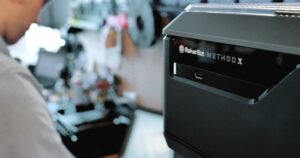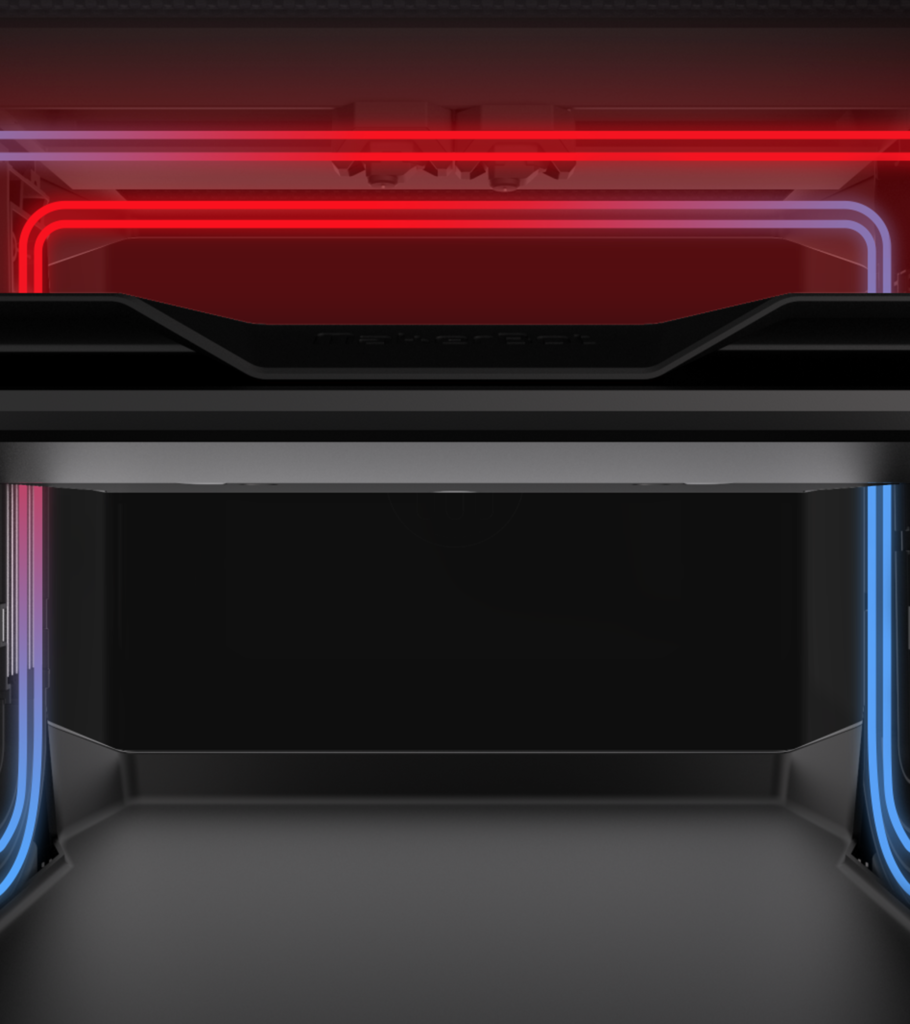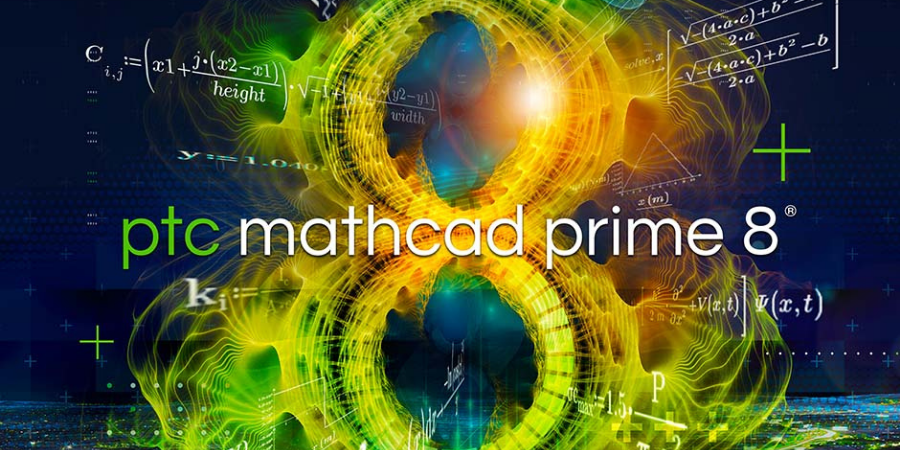It’s no secret that the market for 3D printing has been growing rapidly. The global market’s yearly growth exceeded 25% and the market size forecast is projected to hit $35.6 billion by 2024. One of the main drivers of this growth is in 3D printing’s growing accessibility. In recent years, advancements in 3D printing technology have enabled a wider deployment of dependable additive manufacturing systems in the professional and educational markets. MakerBot, the Brooklyn-based 3D printer manufacturer (owned by Stratasys), is leading that charge.

The History of MakerBot 3D Printers
Founded in 2009, MakerBot brought one of the first mass-produced and readily available 3D printers to the market and has since become one of the most recognizable names in the space. MakerBot’s first few products were desktop 3D printers and hobbyist in nature. As MakerBot grew, it began to develop industry-leading advancements to its desktop line, automate the user experience, and encourage broad adoption. These advancements led to the development of the Replicator+, the market-leading printer in the education space.
MakerBot was one of the first well-known names in the 3D printing industry.
Looking at the 3D printing landscape, MakerBot determined there were almost two opposite sides to the 3D printing market. On the far right are patent-protected industrial 3D printers capable of printing engineering-grade materials, accurately, with close to a 100% success rate. The area in which these units fall short is the price point – most schools and businesses are not ready to shell out tens of thousands of dollars on a 3D printer.
On the left are desktop 3D printers that stemmed from the Rep-Rap open source technology movement. These have gotten better over time; however, the improvements have been incremental. These low-cost 3D printers can print a variety of materials but require a ton of tinkering, are not reliable, and do not produce accurate or consistent results.
So, when looking for a 3D printer that is reliable, easy to use, and accessible, where does one turn to? Previous MakerBot 3D printers, such as the Replicator+, have been a great fit for students who are tinkering with non-functional prototyping while learning the Design Thinking process in school.
The new MakerBot solution, the METHOD manufacturing workstation, offers a solution that produces parts in real engineering-grade ABS with a level of accuracy, consistency, and reliability of an entry-level Industrial printer while maintaining an affordable price tag.
The latest make of MakerBot 3D printers provide industrial quality at a reasonable price, making them incredible manufacturing workstations.

MakerBot METHOD Differentiators
The key feature that makes the MakerBot METHOD platform superior to the competition is the patent-protected Circulating Heated Build Chamber, which can go up to 100°C. The heated build chamber maintains a consistent temperature throughout the entire print process – minimizing warp from thermal contraction and allowing parts to keep a tight tolerance from edge to edge of the build plate. This controlled heated environment is the patent that allows the printer to achieve a ±0.007” part dimensional accuracy. Furthermore, the heated chamber ensures that each layer adheres to the next perfectly, making for stronger parts. Other printers in this category only have a heated bed that mitigates warping and curling for the first few layers of the print but the bond for the upper layers is weak.
The fact of the matter is that the most important variable when printing plastic is heat and the METHOD platform gives you the most control.
The reason why we deemed the chamber to be the key benefit on MakerBot METHOD is that this is the 3D printing platform that provides an ideal environment for recently molten polymer-based prints to cure. Don’t be fooled! A lot of printers boast that they are “open source” printers with a large number of material partners available on their platforms. The reality is that printing in any new material is extremely complex, demands extensive testing, and requires the ability to monitor and manipulate the printing environment. By only having a heated build plate, “open source” units are limited in the way they control the printing process. The fact of the matter is that the most important variable when printing plastic is heat and the METHOD platform gives you the most control. Further, MakerBot METHOD has included an auxiliary filament port, and we are very excited to give our users the ability to experiment.
Over the course of the coming weeks, here at 3HTi, we are going to put the MakerBot METHOD X to the test by comparing it directly to other 3D printers out on the market. Stay tuned for our next post!

